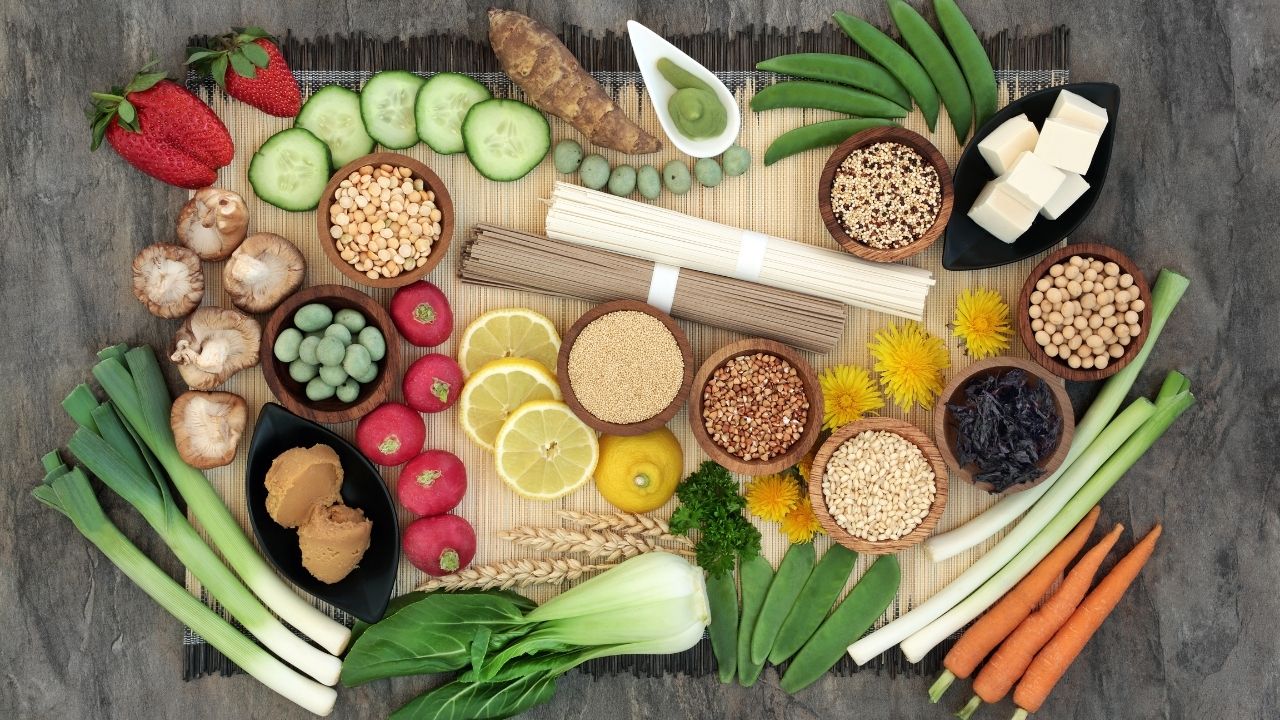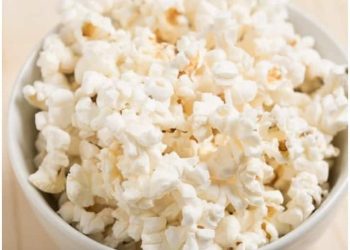
It is vital that your child gets a range of nutrients. These nutrients can be found in many foods. Choose foods with lean protein when you're making food choices. This can come from meat, poultry, fish, beans, seeds, nuts, and dried fruits. Vegetables, so long as they have not been processed and are low in sodium, are also good options. Whole grains are better for children, especially if they are made from whole grain, which has more fiber than refined ones. Low-fat milk is also an option.
Children should consume plenty of water, in addition to vegetables and fruits. Enough water helps regulate body temperature and cell function, and their water intake should be varied depending on their age and sex. High-calorie food can put children at risk for tooth decay, weight loss, and heart disease. It may also increase their chance of developing type II diabetes. These foods should be limited in your child's diet. Consume a variety whole grains, in addition to fruits and veggies.

It is important that you remember that your child must have a healthy diet. You should consult a physician before making any changes to your child's diet. Your pediatrician should be consulted before you introduce new foods to your child's diet. Your child should not be given too much fiber. This can cause problems with the absorption and metabolism of vitamins, minerals, and other nutrients.
You should be familiar with the following important facts about child nutrition. Even though it's not always possible for children to get all of the nutrients they need, the basics are vital. Your child's vitamin and mineral requirements change as they grow. You must ensure that your child has adequate calcium intake every day. This will help to ensure their overall health. Your child will develop healthy habits by eating lots of vegetables and fruits.
Your child will also need calcium. Their bodies are developing at an extremely rapid pace and need a lot more nutrients. You should therefore choose foods that have a high energy level. Low-fat diets can lead to obesity. These foods should contain high levels of vitamins, minerals, and protein. Remember that young children may require different amounts of vitamins and minerals depending on their level of activity.

It is essential to understand the foods that are safe for children. A child's nutrition must include the correct amount of vitamins. The BMI of a child is determined by their height and weight. Follow the advice of your pediatrician. You need to make sure that your child is eating healthy foods. There are many foods on the market with high amounts of vitamins and mineral content.
FAQ
How to Lose Belly Fat Fast
There are several methods to rapidly reduce belly fat. One way is to eat less food and drink plenty of water.
Another way to increase metabolism is to run and swim.
If you want to remove belly fat quickly, you should also avoid sitting down for too long. Stand up often throughout the day. This will help you burn more calories.
If you've tried all the methods and are still struggling with belly fat, there's another option.
You will need a belt to do this. When you sit down, the belt tightens around your waist.
You will feel more comfortable and be able to move around. This makes it easier to lose weight and calories.
What is the Best Workout for Men Over 40 Years?
Older men will find that the best workouts give them more energy as well as improve their stamina.
It is important you remember that most people aged 40 and over experience a loss in testosterone. This results in lower sex drives.
This doesn't mean that you shouldn't still engage in physical activity. Research has shown that exercise regularly can increase testosterone in men.
You can improve your sexual performance by starting an aerobics program.
How fast can my body be transformed?
It all starts by changing your mindset. You have to be willing to change.
Once you have decided that you want to change, then you need to commit yourself to work on your fitness goals for at least 3 months.
Then, find a program to fit your life.
It is important to have realistic expectations. You shouldn't waste money on a gym membership that doesn't allow you to put in the effort and time required to reach your goals.
Instead, exercise outdoors in your own time.
If you spend an hour a day walking around the block, you'll burn enough calories to lose 1 lb per week.
Now that you have an idea of what you want, start planning how to arrange your life to follow this plan.
This includes making sure that you schedule a time to work out every morning before leaving for work and take breaks throughout the day to move.
It is important to reward yourself when you reach milestones. This could be buying accessories or clothing that reflect your success.
Statistics
- The PRS enabled risk stratification for overall prostate cancer and lethal disease with a four-fold difference between men in the highest and lowest quartiles (HR, 4.32; 95% confidence interval [CI], 3.16-5.89). (pubmed.ncbi.nlm.nih.gov)
- Are You One of the 20% of Guys (mh.co.za)
- By John Thompson Take a whopping 38% off a set of PowerBlock Pros. (menshealth.com)
- An estimated calorie range for moderately active adult males falls between 2,200 to 2,800 calories per day, depending on age. (eatright.org)
- 10 pounds in a month is likely during a lean bulking phase, especially for beginners. (muscleandstrength.com)
External Links
How To
How do I lose fat by exercising?
Exercise burns calories through increased metabolism and oxygen consumption.
You'll lose weight safely if you exercise at moderate intensity.
These are some tips to help you lose fat while working out:
-
Cardio exercises like walking, running (or jogging), swimming, cycling, running, and/or elliptical training are all good options.
-
Three times per week, exercise for 30 minutes.
-
You can add strength training into your exercise routine if you're looking to lose even more weight.
-
Avoid doing intense exercises. You can build muscle without having to lose muscle tissue.
-
Keep hydrated during exercise. Water helps to flush out toxins from the body and maintains proper hydration.
-
After exercising, consume low-fat protein smoothies. Protein shakes boost energy and repair muscle tissue.
-
Eat smaller meals throughout the day, so you don't feel hungry between meals.
-
Don't skip breakfast! You can feel tired and slow if you skip breakfast.
-
Take care of your mind. Stressful situations can affect your metabolism.
-
Keep a positive attitude. Studies show that people who believe they are overweight gain more weight then those who think they are attractive.
-
Get enough rest. You will have a harder time losing weight if you do not get enough sleep.
-
Active living is key. Keep moving every hour.
-
Maintain a healthy diet. A healthy diet will help you feel fuller for longer.
-
Find relaxation methods. Relaxing doesn't mean your body releases stress hormones which cause muscle tissue to be destroyed.
A balanced diet contains all necessary nutrients for growth and development.
Instead of eating three large meals a day, eat six smaller meals every day. This gives your body more time to digest the food you eat.
To maintain strong bones, you need to consume 500 mg of calcium each day. Calcium can also be found in milk products, yogurt, fortified Soy beverages, orange Juice, cereals and bread.
Calcium is found in leafy green vegetables and beans, tofu as well as nuts, seeds, cheese, and seeds.
Vitamin D is essential for calcium absorption. Vitamin D is found in eggs yolk, fatty fish and fortified foods.
Vitamin E is essential for skin health. Vitamin E can also be found in vegetable oil, wheat germ oils, peanuts as well almonds, sunflower seeds and corn.
Zinc is essential for healthy immunity and wound healing. Zinc can also be found in legumes, oysters, meats and whole grains.
Zinc deficiency could cause fatigue, nausea, vomiting, and depression.
Too much sugar leads to insulin resistance. This results in higher blood glucose levels. Insulin resistance is linked to weight gain.
Insulin resistance develops when there are high levels of free radicals in the bloodstream. Free radicals refer to molecules that contain unpaired electrons. They can damage cell membranes and other body parts.
Food additives, pesticides and herbicides, as well as preservatives, smoking and radiation are all sources of free radicals.
Free radical damage can cause cancer, heart disease and diabetes, as well as arthritis, asthma, and other diseases.
The best way to avoid free radicals is to eat a balanced diet high in antioxidants. Antioxidants protect against oxidative damage.
Vitamin C can be found in citrus fruits. Beta carotene can be found in carrots. Sweet potatoes. Tomatoes. Carrots. Sweet potatoes. Spinach. Broccoli. Cantaloupe. Vitamin E is found in nuts. Olive oil, avocados.
Additional antioxidant nutrients include selenium and copper, manganese and zinc.
Selenium helps to protect cells against free radicals and oxidative stress. Selenium is also found in Brazil nuts.
Copper protects the brain, eyes, lungs, and red blood cells. Copper is found in shellfishes, poultry, meat, organ meats, and other foods.
Manganese is an essential component of bone structure. Manganese is found in brown rice, spinach, bananas, prunes, raisins, oatmeal, and lentils.
Zinc is required for normal growth, reproduction and wound healing. Zn is present in lean cuts of meat and white fish, as well as eggs.